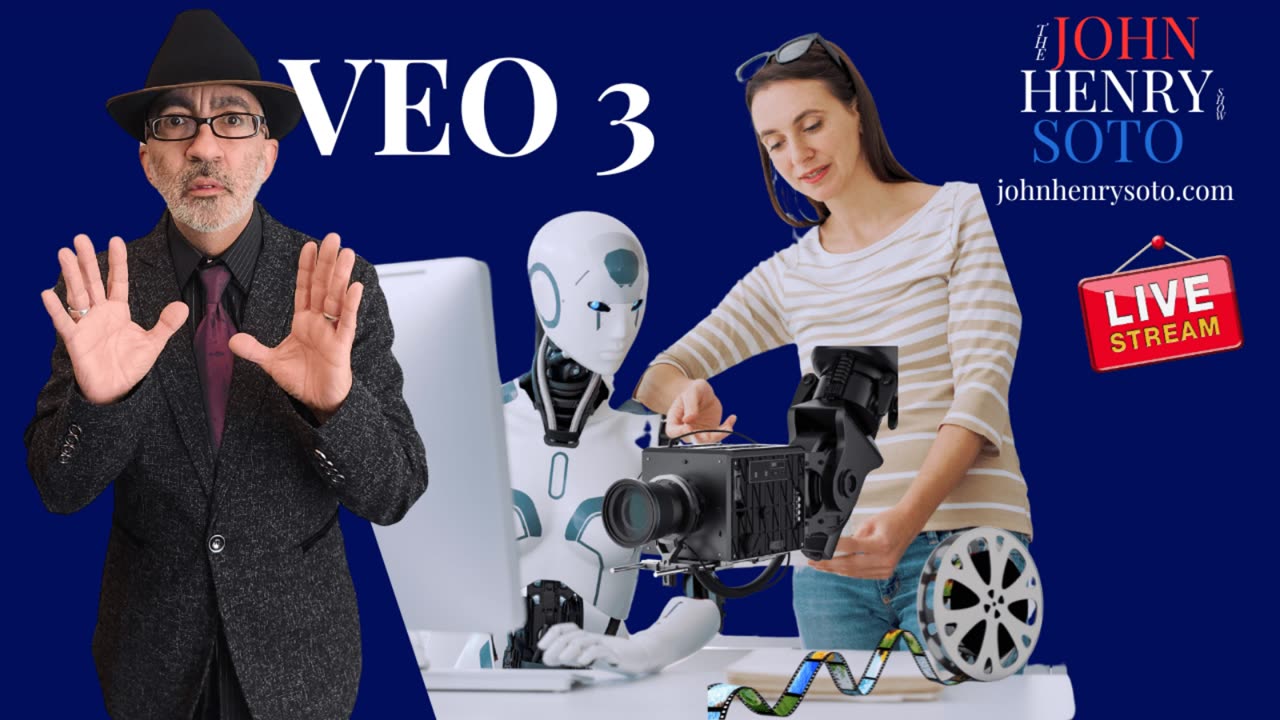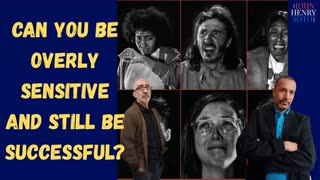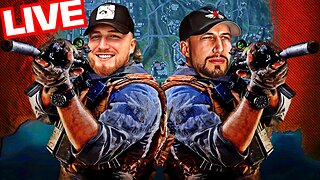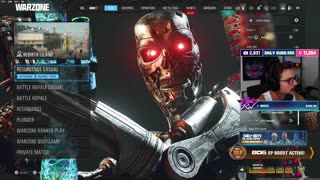Premium Only Content

Should AI Join the Film Crew… or Replace It?
VEO 3 represents a groundbreaking leap in AI-generated video technology, capable of producing high-fidelity, cinematic-quality videos from simple text prompts. It merges the precision of visual storytelling with the power of artificial intelligence, allowing creators to visualize complex scenes, environments, and movements in a matter of seconds. Industries like advertising, education, and entertainment are already seeing a transformation. Commercials that once required large budgets and months of production can now be ideated, visualized, and iterated in days—sometimes hours—using VEO 3’s intuitive interface.
In the realm of healthcare and training, VEO 3 is providing interactive simulations and educational content that once cost institutions thousands of dollars to produce. Medical training videos, industrial safety demonstrations, and even legal scenario reenactments are being created with AI accuracy and human-level nuance. Meanwhile, the gaming industry is also jumping in, with developers using VEO 3 to storyboard and pitch entire game concepts through cinematic sequences that mimic the final gameplay experience. This rapid prototyping allows investors and creative teams to visualize the end product before a single code line is written.
Despite its disruptive nature, VEO 3 is also raising important conversations around authenticity and artistic integrity. While some fear AI will replace human creativity, others are embracing it as a powerful collaborator—an assistant rather than a replacement. It levels the playing field for indie filmmakers and solo creators who now have access to tools that rival major studios. By maintaining creative control over prompts, editing choices, and storytelling arcs, artists can ensure their vision remains central, using VEO 3 to enhance—not define—their work.
5 Ways a Filmmaker Can Use VEO 3 and Keep Their Creativity:
1. Storyboard Faster: Use VEO 3 to create high-quality previsualizations of scenes, allowing you to test angles, lighting, and pacing—then shoot it your way when ready.
2. Concept Pitches: Develop short AI-generated trailers or concept reels to pitch to producers, collaborators, or crowdfunding campaigns without sacrificing your original vision.
3. Worldbuilding Visualization: Bring your universe to life—sci-fi planets, 1930s New York, or surreal dreamscapes—using VEO 3’s environment tools, while staying in charge of tone and style.
4. Actor Scene Rehearsals: Use VEO 3 to simulate scenes for actors, helping them visualize context and emotion before stepping onto the set.
5. Experimental Art Projects: Let VEO 3 handle technical animation and motion tasks while you focus on directing mood, narrative pacing, and subtext, pushing your creative boundaries further.
-
 1:11:26
1:11:26
The John Henry Soto Show
10 days agoCan a Cry Baby Be Successful as an artist?
2001 -
 28:36
28:36
Afshin Rattansi's Going Underground
1 day agoDoug Bandow: ENORMOUS DAMAGE Done to US’ Reputation Over Gaza, Trump ‘Easily Manipulated’ by Israel
16.5K23 -
 2:45:13
2:45:13
Barry Cunningham
12 hours agoCBS CAUGHT AGAIN! CHICAGO A MESS! LISA COOK IS COOKED AND MORE LABOR DAY NEWS!
90.3K41 -
 LIVE
LIVE
StevieTLIVE
6 hours agoMASSIVE Warzone Wins on Labor Day w/ Spartakus
103 watching -
 10:46:42
10:46:42
Rallied
12 hours ago $13.17 earnedWarzone Challenges w/ Doc & Bob
187K3 -
 3:26:25
3:26:25
Joe Donuts Live
5 hours ago🟢 Lost in Space with My Clones: The Alters Adventure Begins
27.5K -
 7:20:22
7:20:22
Dr Disrespect
14 hours ago🔴LIVE - DR DISRESPECT - TRIPLE THREAT CHALLENGE - WINNING AT EVERYTHING
210K12 -
 2:35:33
2:35:33
Chrono
6 hours agoBirthday-eve Stream | Helldivers II
23.3K1 -
 54:40
54:40
BonginoReport
1 day agoLABOR DAY SPECIAL! The Best of Nightly Scroll - Nightly Scroll w/ Hayley Caronia (Ep.124)
129K14 -
 2:39:21
2:39:21
Joker Effect
4 hours agoReviewing the downfall of Kick Streaming. Kick streamers welcome to Rumble! Stake bombshell found!
33.8K1